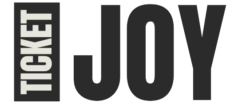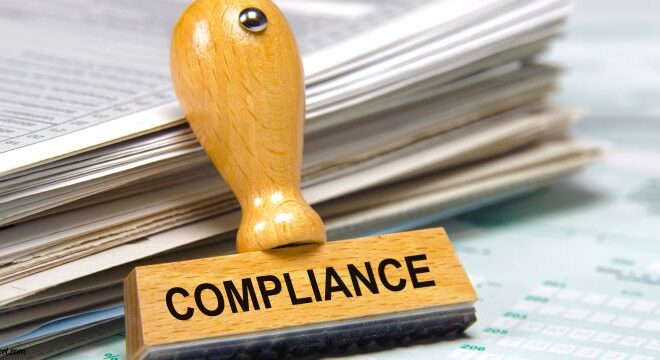
Future-Proof Your Finances: The Retirement Savings Playbook
Table of Contents
- Understanding Safe Harbor 401(k)
- Emphasizing Regular Contributions
- Maximizing Employer Matching
- Balancing Portfolios
- Considering Early Withdrawals Carefully
- Investing in Healthcare Savings
- Diversity in Investment Types
- Monitoring and Adapting Strategies
- Seeking Professional Advice
- Utilizing Technology for Retirement Planning
- Key Takeaways
Understanding Safe Harbor 401(k)
Retirement strategies are critical for securing financial comfort in the future. One term frequently encountered is the safe harbor 401(k). At this point, it is essential to understand the safe harbor 401(k) meaning. The safe harbor 401(k) signifies a retirement savings plan that includes mandatory employer contributions that are fully vested immediately. This plan type aids employers in satisfying non-discrimination tests mandated by the IRS, helping to ensure that the plan benefits all employees equitably. The safe harbor provision is attractive to employers and employees alike. It provides a straightforward way for companies to offer retirement benefits without complex compliance testing, while employees relish the immediate vesting of employer contributions. These features support increased employee participation rates, as every staff member is incentivized to contribute to their retirement savings.
Emphasizing Regular Contributions
Regular contributions to a retirement account can be a game-changer. It’s not merely the sum that accrues over time but the frequency of those contributions. Through the power of compound interest—wherein past interest also earns interest—regular investments can grow to profound amounts given enough time. The discipline to maintain these contributions, often facilitated by automatic payroll deductions, offers a relatively painless strategy to increase one’s retirement savings meaningfully.
Maximizing Employer Matching
Employer matching contributions are a powerful tool in retirement saving strategies. These programs incentivize employees to save by offering a dollar-for-dollar match on contributions up to a certain percentage of their salary. This can effectively double specific retirement contributions, making it an invaluable element of an employee’s financial planning. For this reason, it is paramount to contribute at least enough to capture the full employer match, which is essentially part of your benefits package and salary.
Balancing Portfolios
A balanced investment portfolio is critical for prudent financial health. Asset allocation—how an investor’s portfolio is spread across various asset categories—should reflect one’s risk tolerance and investment time horizon. This equilibrium helps protect against the market’s volatility, and regular rebalancing can help maintain the desired level of risk associated with one’s retirement portfolio. A diversified portfolio should contain a mix of stocks, bonds, and other investment types to help mitigate risk and optimize returns over the long term.
Considering Early Withdrawals Carefully
Occasionally, life presents financial emergencies that may tempt individuals to prematurely withdraw funds from their retirement accounts. However, early withdrawals from accounts like 401(k)s often trigger hefty penalties and a tax bill, diminishing the value of the withdrawal and severely impacting long-term saving goals. Therefore, exploring other financial solutions before taking such a step is crucial, considering its impact on your overall retirement strategy.
Investing in Healthcare Savings
Medical expenses in retirement can be a significant financial burden. A robust strategy often includes investing in a Health Savings Account (HSA), a tax-advantaged account that can be used to pay for qualified medical expenses. Contributions to an HSA may be tax-deductible, and the funds grow tax-free. Thus, preparing for healthcare costs through HSAs can be a strategic move that complements traditional retirement savings accounts.
Diversity in Investment Types
Diversifying your investment portfolio is wise, especially regarding retirement savings. Diversification could include investing in real estate, which can provide a steady income stream through rentals or potential capital appreciation through property value increases. In some regions, real estate investments can offer significant returns and protect against inflation, providing a solid hedge as part of a balanced retirement savings portfolio.
Monitoring and Adapting Strategies
Staying responsive and adaptive to changes in personal circumstances and the financial environment is crucial in retirement planning. It’s wise to routinely evaluate your retirement strategy to ensure it incorporates the latest economic trends and adequately addresses any lifestyle changes or updated retirement goals. By doing so, you’ll be better positioned to make informed decisions and structural adjustments necessary to bolster your financial future.
Seeking Professional Advice
Retirement planning can be complex, and clients can benefit significantly from the guidance of a professional. A financial advisor’s role is to help clients map out a strategic approach to align financial goals with retirement plans. These experts can assist with investment decisions, tax planning, and adjusting to life’s ever-changing financial demands while planning for retirement.
Utilizing Technology for Retirement Planning
The fusion of finance with technology has revolutionized retirement planning. Utilizing online calculators, budgeting tools, and retirement planning apps helps individuals visualize their retirement savings trajectory. These technological resources can provide valuable insights into investment strategies, allowing users to model different savings scenarios and understand how today’s decisions can affect future outcomes.
Staying abreast of reliable financial insights is imperative for those formulating their retirement strategies. Tackling the myriad aspects of retirement planning may seem daunting, but the path to a secure financial future becomes more transparent with the proper knowledge and an adaptive approach. By actively engaging with each of these strategies, maintaining a disciplined approach, and leveraging the expertise of financial professionals and technological advancements, you can significantly enhance your prospects for a prosperous retirement.
Key Takeaways
- Discover how a “safe harbor 401(k)” can be integral to retirement planning.
- Learn the significance of consistent contributions and the compounding effect on retirement savings.
- Explore the benefits of maximizing employer matching programs to enhance retirement funds.
- Understand the strategy of portfolio balancing for mitigating risks and promoting growth.
- Grasp the importance of evaluating early withdrawal options alongside potential penalties.
- Acknowledge the role of healthcare savings in a comprehensive retirement plan.
- Recognize the need for diversified investments to create a robust retirement fund.
- Appreciate the importance of monitoring and adapting one’s retirement strategy in a changing economic landscape.
- Consider seeking professional financial advice to tailor a retirement strategy to individual needs.
- Utilize technological advancements to streamline and optimize retirement planning.



